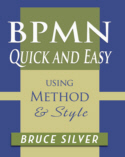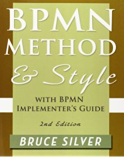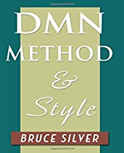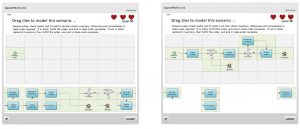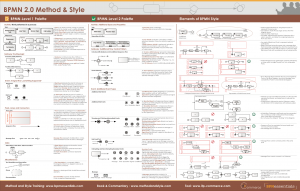Decision Modeling Essentials

This course introduces business and technical audiences to The Decision Model and provides a practical step- by-step approach for creating decision models as a new standard business analysis deliverable. Developed by the co-inventors of The Decision Model, it is based on the book, The Decision Model: A Business Logic Framework Linking Business and Technology by Barbara von Halle and Larry Goldberg (Taylor & Francis, LLC, 2009). Dr. Opher Etzion, Master Inventor, IBM, calls it “one of the classic books of a new era of computing.”
As of today, many practitioners describe The Decision Model as a game-changer. It empowers business stewardship of policies, rules, and logic while remaining technology-neutral.
The Decision Model is an unprecedented, fast and efficient new method of eliciting, organizing, managing, validating, and testing business rules and logic. It has set in motion the upcoming Decision Model and Notation standard from the Object Management Group. Today it operates in major corporations handling serious decision logic and critical compliance requirements.
The Decision Model is proven as the way to succeed where the current conventional approaches fall short. The Decision Model provides for unambiguous creation and sustainable maintenance of Business Logic, often with minimal (or delayed) IT intervention. It brings to the world of business rules and logic a well-defined structure with the rigor of integrity and normalization principles, yet it is simple. It has delivered to business rules and logic what the Relational Model delivered to the world of data.
This course teaches decision modeling essentials to people who are new to decision modeling and also those who are experienced. It explains why business decision modeling dramatically improves business processes as well as how to recast business policies, rules, and related statements into atomic pieces of business logic in Decision Model Notation.
The course uses exercises from the real-world to illustrate the basic concepts of the model and how it simplifies business processes. It includes four interactive discussions and fourteen exercises leading to development of complete decision models. For the interested attendee, the course materials include a set of robust real-world workshops and apply decision-modeling techniques to a realistic sophisticated business situation. Exercises and workshops can be done with paper and pencil.
Attendees will experience how to create decision models using KPI’s decision modeling approach. At the completion of this course, attendees will be able to:
- Explain to business and technical audiences the benefits and concepts of The Decision Model as a new kind of deliverable
- Show how The Decision Model simplifies Business Processes Models
- Discuss the important differences between The Decision Model and previous legacy business rules approaches
- Prioritize business decisions for decision models based on business impact
- Simplify business process models with decision models
- Build skeletal and detailed decision models
- Conduct some validation of decision models against integrity principles
- Encourage business creativity in discovering optimum decision model content
- Identify new important roles for decision model projects
- Recognize decisions in different industries appropriate for decision models
- Conduct decision modeling sessions in iterative fashion
- Download KPI’s MS/Visio templates for decision model diagrams and MS/Office templates for Rule Family tables.
This course is designed with a focus on the business aspect of decisions. The Decision Model is completely understandable by business people and does not require knowledge or reference to technical artifacts of any kind. It is therefore appropriate for business analysts, business stewards, project managers, developers, subject matter experts, and system and enterprise architects involved with capture, management, and automation of business rules and logic.
Attendees should purchase a copy of the book, The Decision Model: A Business Logic Framework Linking Business and Technology.
Part 1: Introduction
- Why The Decision Model?
- How it Simplifies Business Process Modeling
- How it Addresses Data Quality as well as Business Decisions
Part 2: Essentials of Decision Modeling
Decision Model Concepts
- Decision Model Diagram
- Rule Family Content
- Glossary
- The Decision Model Bottom Up
- The Decision Model Top Down
- Translation of Business Policies and Regulatory Compliance into Decision Models
- The Decision Model Principles and Normalization
- Validation of Decision Models for Highest Quality
- Getting Started
Part 3: Summary
- Business Decision Maturity Model
- The Decision Model Relationships to Other Practices
- More to Learn
Case Study Materials (complete with solutions):
- Identify Business Need for a Business Decision
- Build Skeletal Decision Model Structure
- Solidify the Glossary
- Add Details and Gain Approval
- Monitor Against Business Objectives
What is DMN?
DMN 1.1 is a new industry standard for rules-based business decision modeling. A DMN model can diagram the structure of a business decision end-to-end and detail the decision logic in the form of decision tables and literal expressions.

DMN BASIC Training
DMN ADVANCED Training
Read Bruce Silver’s Blog
DMN as a Decision Modeling Language
This post is a transcript of my keynote at RuleML/DecisionCamp on July 8, 2016.
